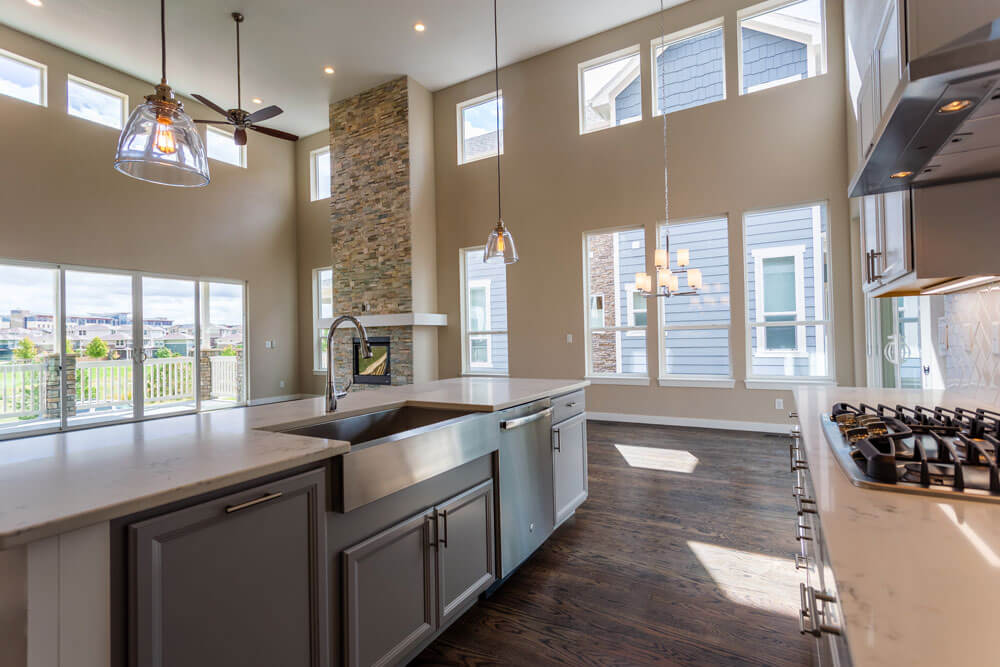Vacant Home vs. Unoccupied Home: What’s the Difference?
September 17, 2021
If you use the terms “unoccupied” and “vacant” interchangeably, you’re not alone. Many people consider these words similar or synonymous with each other. Besides having literal differences, both terms have distinct meanings. It’s especially true when it’s about property insurance coverage. Note that insurance policies usually don’t have clear definitions for “unoccupied” and “vacant” properties.
But if you’re considering insuring your properties, you must learn the clear distinction between the two terms to make an informed decision.
Keep reading to learn the difference between vacant home vs. unoccupied home.
What’s the Difference?
It’s worth mentioning that insurers have exclusions for ‘vacancy’ but not for ‘inoccupancy.’ That’s why it’s crucial to establish whether a property is unoccupied or vacant during the insurance process. Vacant properties are at a higher risk of theft, undiscovered damages, and vandalism. All these things can adversely impact property insurance claims.
According to case law, vacant means ‘completely empty.’ That means it doesn’t contain personal property or people. In other words, vacancy implies a substantially empty property that is yet to sustain normal residency or occupancy.
The phrase “unoccupied” refers to a property that contains personal possessions and items. It’s one that the owner left in a vacant state for some time.
This is why homeowners insurance policies don’t offer coverage for water damage, vandalism, theft, and glass breakage in vacancy exclusions. This is particularly true if the damages occur within 60 days of the property being vacant.
However, you get coverage for standard perils, including wind, storms, and fire.
Insuring a Vacant Home vs. Unoccupied Home
Of course, no one wants to discover that their insurer will not pay the claim or renew their insurance policy due to inaction. It’s crucial to discuss the matter with an insurance agent to anticipate or determine an extended period of your home’s vacancy and inoccupancy.
Typically, insurers require policyholders to apply for a special permit or an endorsement for a property that is expected to be unoccupied for at least 30 days. Keep in mind that policyholders must state a time limit in their policy vacancy clause.
Your insurance company may charge you to request an endorsement or permit. But insuring an unoccupied property is relatively less expensive compared to a vacant home. To obtain a suitable package that covers both properties, whether you live there or not, divide your time routinely between a vacation and a primary home.
As mentioned above, insuring a vacant home is not only harder but also more expensive. It requires either a separate policy or endorsement, depending on the insurer you choose. Usually, insurance companies don’t cover vacant homes. In the event that they do, it will cost you three times more than typical insurance for your occupied property.
Summing Up
All in all, the difference between unoccupied and vacant homes is a matter of intent and time. Thus, you need to explore certain key differences to get the right insurance coverage.
Source
https://www.millerpublicadjusters.com/free-property-insurance-claim-advice-blog/vacant-unoccupied-insurance-coverage-difference-important
